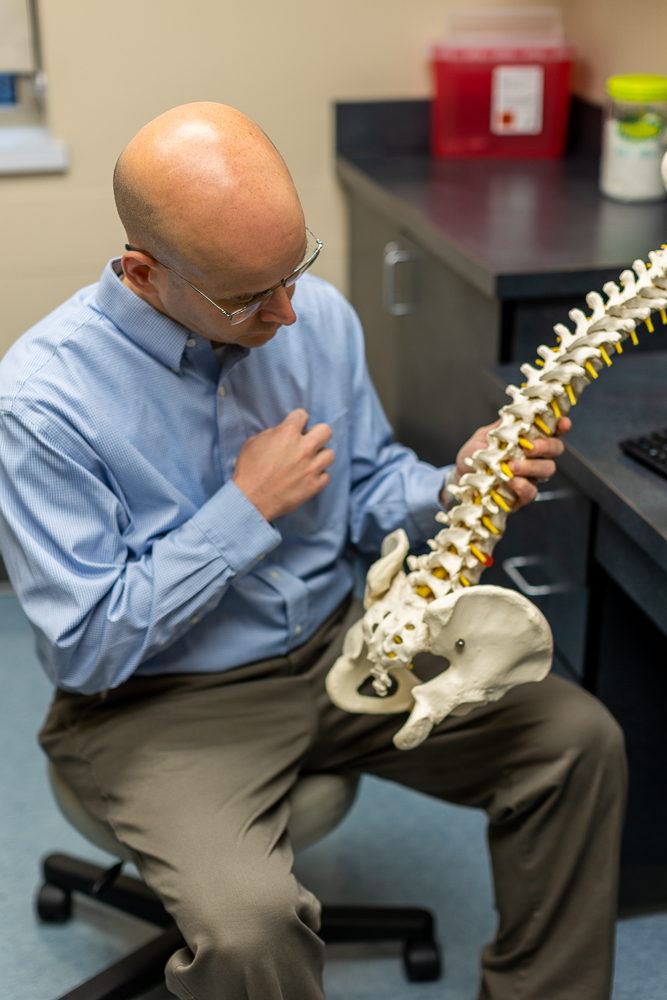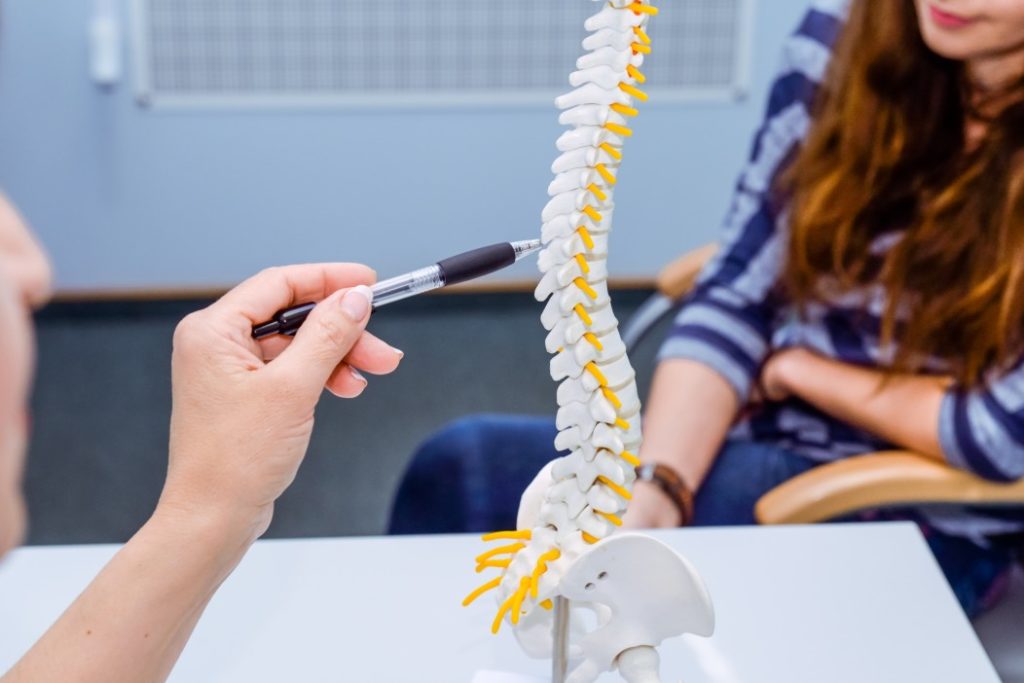
 Summer is here, and for many individuals and families, that means more time spent at the pool. Whether for fitness or recreation, swimming is a great form of low-impact exercise.
Summer is here, and for many individuals and families, that means more time spent at the pool. Whether for fitness or recreation, swimming is a great form of low-impact exercise.
However, as in other sports with overhead movement — such as baseball (pitching) and volleyball — swimming poses a risk of shoulder injury. Swimmers might experience shoulder pain due to excessive, repetitive overhead motion. In this blog, I’ll explain a couple of common causes of shoulder pain associated with swimming, as well as ways to prevent them.
Swimmer’s Shoulder
The most common swimming injuries involve the shoulder joint. Swimmer’s shoulder is a broad term for musculoskeletal conditions causing shoulder pain, typically found in competitive swimmers. These injuries are often a result of improper stroke technique combined with overuse. Over time, rotator cuff tendons can rub against or impinge on a bone in the shoulder called the acromion. This shoulder impingement could lead to rotator cuff tendonitis and/or tears.
- Rotator cuff tendonitis: The rotator cuff comprises a group of muscles and tendons that attach the humerus (upper arm bone) to the scapula (shoulder blade) and help move the arm up and down. Rotator cuff tendonitis — irritated, damaged tendons — is a common cause of shoulder pain and stiffness.
- Rotator cuff tear: If the tendons of the rotator cuff are injured or damaged, they can pull away from the bone and cause a partial or complete tear. Rotator cuff tears can lead to pain, loss of strength, decreased range of motion, and catching, locking or popping of the shoulder. (Watch as my colleague Dr. Charlie Rhoades discusses shoulder surgery for rotator cuff tears.)
Preventing Swimmer’s Shoulder
If you’re a regular swimmer, practice proper stroke technique and avoid overtraining. Allow time for rest and recovery, especially if your muscles feel fatigued from your previous workout. Outside of the pool, focus on exercises and stretching that strengthen and condition your shoulder muscles to increase stability and avoid injury.
Because the shoulder is a relatively unstable, complex structure that allows for a large range of motion, it is susceptible to a variety of problems. It’s important to know the difference between normal fatigue and soreness versus something more serious. If you do notice pain, swelling or tenderness in your shoulder, all of which are common symptoms of a rotator cuff injury, seek medical treatment early to avoid permanent damage or loss of function, and to reduce the risk of re-injury.
If you experience shoulder pain and would like to discuss surgical and nonsurgical treatment options, please make an appointment by calling 913-319-7600.
About the Author
 Lowry Jones, Jr., M.D. is a board-certified orthopedic surgeon specializing in conditions of the shoulder and knee, as well as workers compensation injuries. He also treats disorders of the foot and ankle, hip, back and elbow.
Lowry Jones, Jr., M.D. is a board-certified orthopedic surgeon specializing in conditions of the shoulder and knee, as well as workers compensation injuries. He also treats disorders of the foot and ankle, hip, back and elbow.
***
The medical information contained in the Dickson-Diveley Orthopaedics website is provided to increase your knowledge and understanding of orthopedic conditions. This information should not be interpreted as a recommendation for a specific medical or surgical treatment plan. As each patient may have specific symptoms or associated problems, the treatment regimen for a specific patient may not be the proper treatment for another.
Gaining knowledge and understanding of a particular problem or condition is the first step in any medical treatment plan. I believe the information presented on our website will be helpful for those individuals experiencing ankle pain, or other related problems. However, this information is not intended to replace the advice of your family physician. You are encouraged to consult with your physician to discuss any course of treatment presented or suggested.


